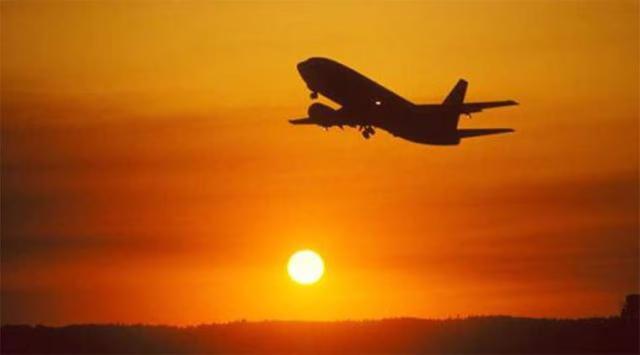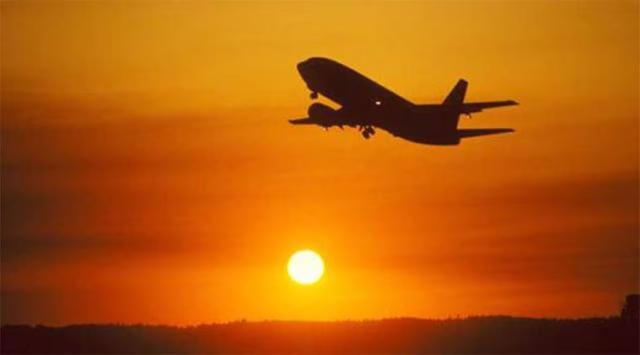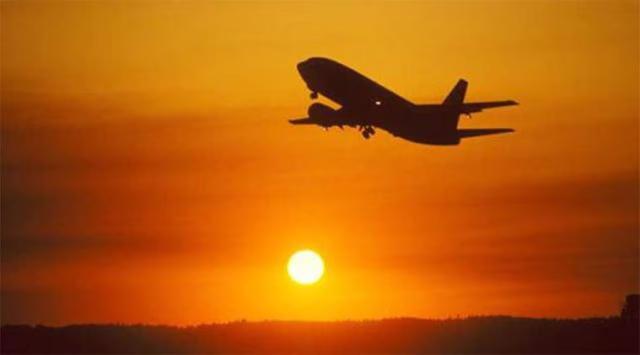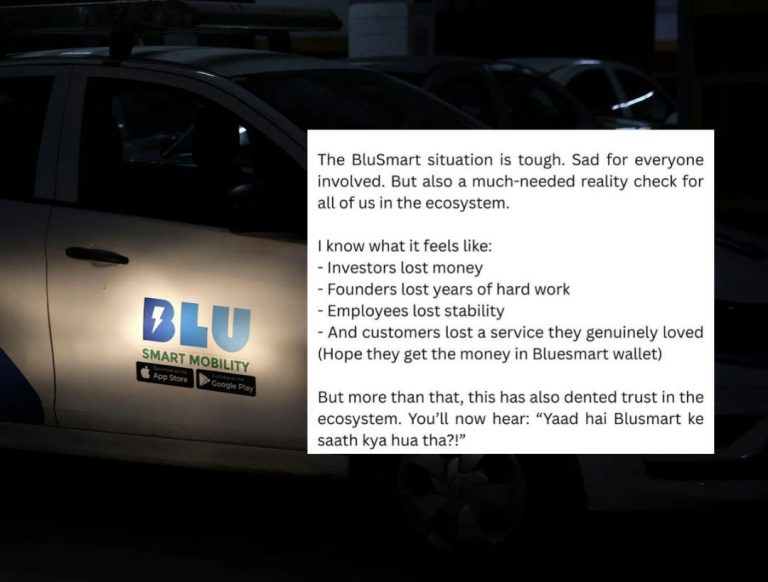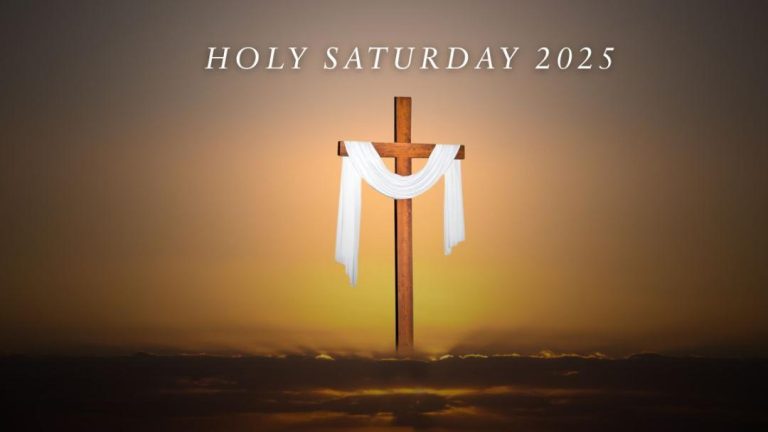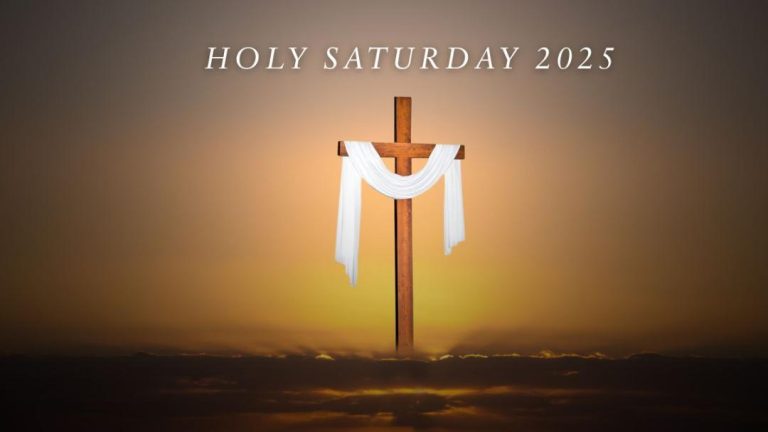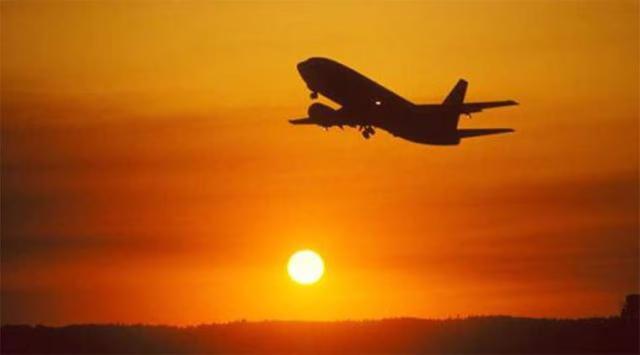
Class 12 Physics & Math Requirement for Becoming Commercial Pilot Might be Scrapped: Report
In a move that could revolutionize the aviation industry in India, the Directorate General of Civil Aviation (DGCA) is reportedly planning to scrap the current rule that requires students to have studied Physics and Math in Class 12 to be eligible for commercial pilot licence training. As per a report by Times of India, this means that students pursuing non-science streams such as Arts and Commerce may soon be eligible to become commercial pilots, without the need to have studied Physics and Math.
Currently, commercial pilot training in India has been restricted to Science and Math students since the mid-1990s. This has led to a shortage of pilots from diverse backgrounds, with many aspiring pilots being forced to switch to other career paths due to the rigid eligibility criteria. However, it seems that the DGCA is now considering a more inclusive approach, which could open up new opportunities for students from various streams to pursue their dreams of becoming commercial pilots.
The proposed change is part of the DGCA’s efforts to increase the diversity of pilots in the industry. By removing the Physics and Math requirement, the aviation regulator hopes to attract a more diverse pool of candidates, including those from Arts and Commerce backgrounds. This could lead to a more inclusive and representative aviation industry, with pilots from a wider range of academic backgrounds.
The decision to scrap the Physics and Math requirement is based on the understanding that commercial pilot training focuses more on practical skills and flying techniques rather than theoretical knowledge of Physics and Math. In fact, many commercial pilots have successfully completed their training without having studied these subjects in school. Therefore, the DGCA believes that removing the Physics and Math requirement would not compromise the safety and effectiveness of commercial pilot training.
The move has been welcomed by many, including aviation experts and students who have been affected by the current eligibility criteria. “This is a great move by the DGCA. It will open up new opportunities for students from diverse backgrounds to pursue their dreams of becoming commercial pilots,” said an aviation expert who wished to remain anonymous. “The current requirement has been a barrier to entry for many students who have the potential to become great pilots, but are deterred by their lack of Physics and Math studies.”
Other experts have also praised the decision, citing the benefits of a more diverse pilot workforce. “A more diverse pilot workforce is essential for the aviation industry. It will bring new perspectives and ideas to the table, and improve overall safety and efficiency,” said Dr. Rohini Katoch, an aviation expert who has worked with various airlines.
However, not everyone is pleased with the proposed change. Some experts have expressed concerns about the potential impact on the quality of pilots in the industry. “While the intention behind the move is good, we need to ensure that the quality of pilots is not compromised,” said a senior pilot who wished to remain anonymous. “Commercial pilot training is a highly demanding and complex process, and we need to ensure that pilots are adequately equipped to handle the responsibilities of flying a commercial aircraft.”
Despite these concerns, it is clear that the DGCA is committed to making the commercial pilot training landscape more inclusive. The regulator has already begun consultations with various stakeholders, including airlines, training institutions, and industry experts, to discuss the proposed change and its implementation.
While the exact timeline for the implementation of the proposed change is unclear, it is expected to be rolled out in the coming months. Once implemented, students from Arts and Commerce backgrounds will be able to pursue their dreams of becoming commercial pilots, without the need to have studied Physics and Math in Class 12. This could lead to a more diverse and representative aviation industry, with pilots from a wider range of academic backgrounds.
